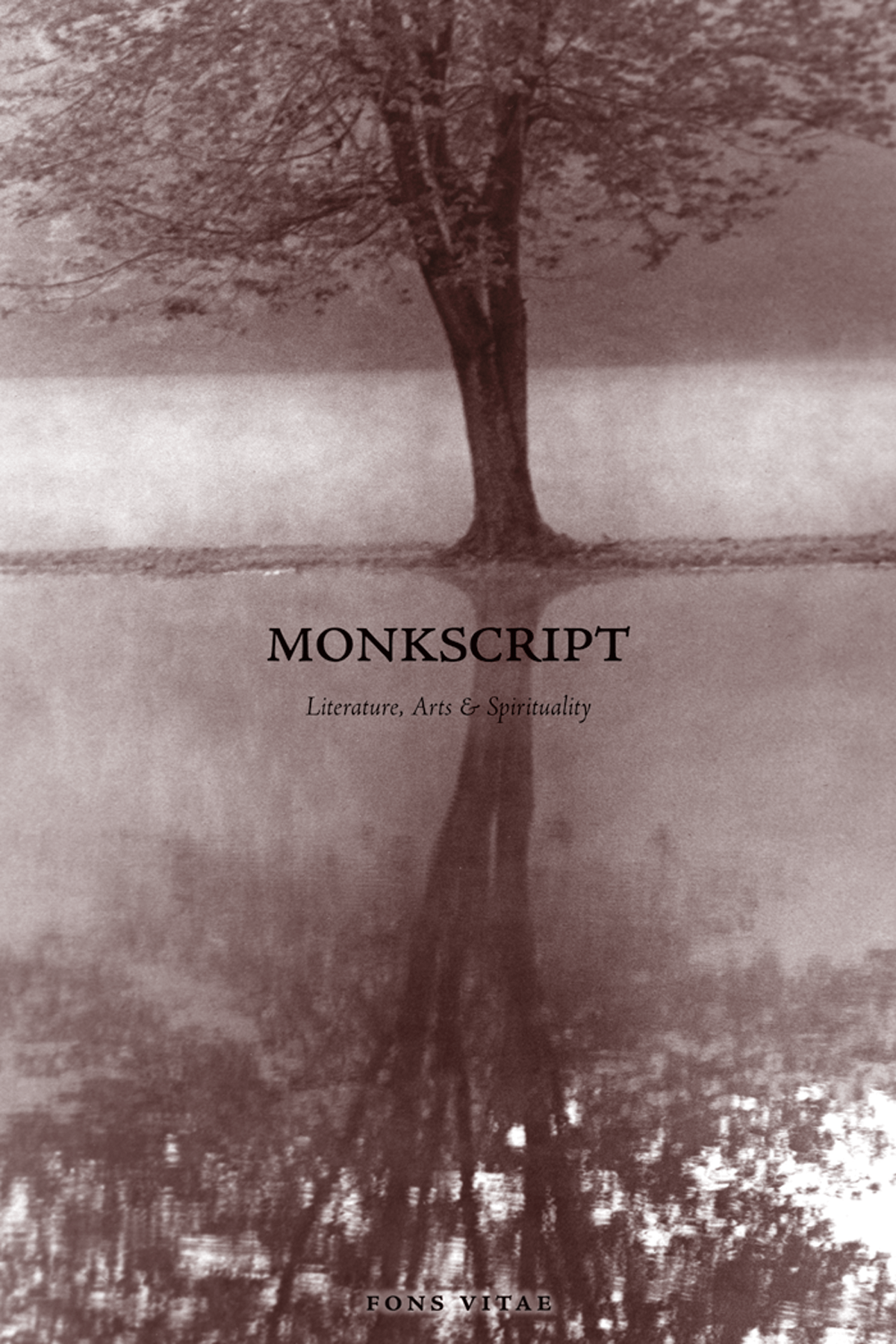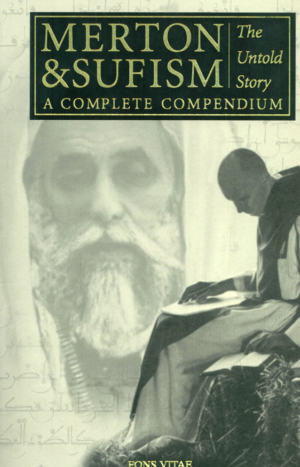Monkscript: Literature, Arts and Spirituality (an anthology of poems, essays, interviews, and artwork)
$15.95
At the suggestion of Brother Paul Quenon of the Abbey of Gethsemani (and novice under Thomas Merton), Fons Vitae has published an anthology entitled Monkscript, a format for creative writing. Specializing in writings by authors inspired by monasteries, monastic life, and any contemplative style of living, Monkscript includes art and spirituality, as reflective of monastic life as well as contemplative living, as major fields of interest.
Monkscript offers poems, fiction, essays, art, meditations and interviews, written from the ambiance of monasticism by those who live inside and outside of monasteries. Included are writings from such respected figures as Seamus Heaney, Thomas Moore, R.E. Sherwin, Huston Smith, Thomas Hopko, Steve Sanfeld, Bonnie Thurston and Robert Lax.
- 9781887752480
- 149






